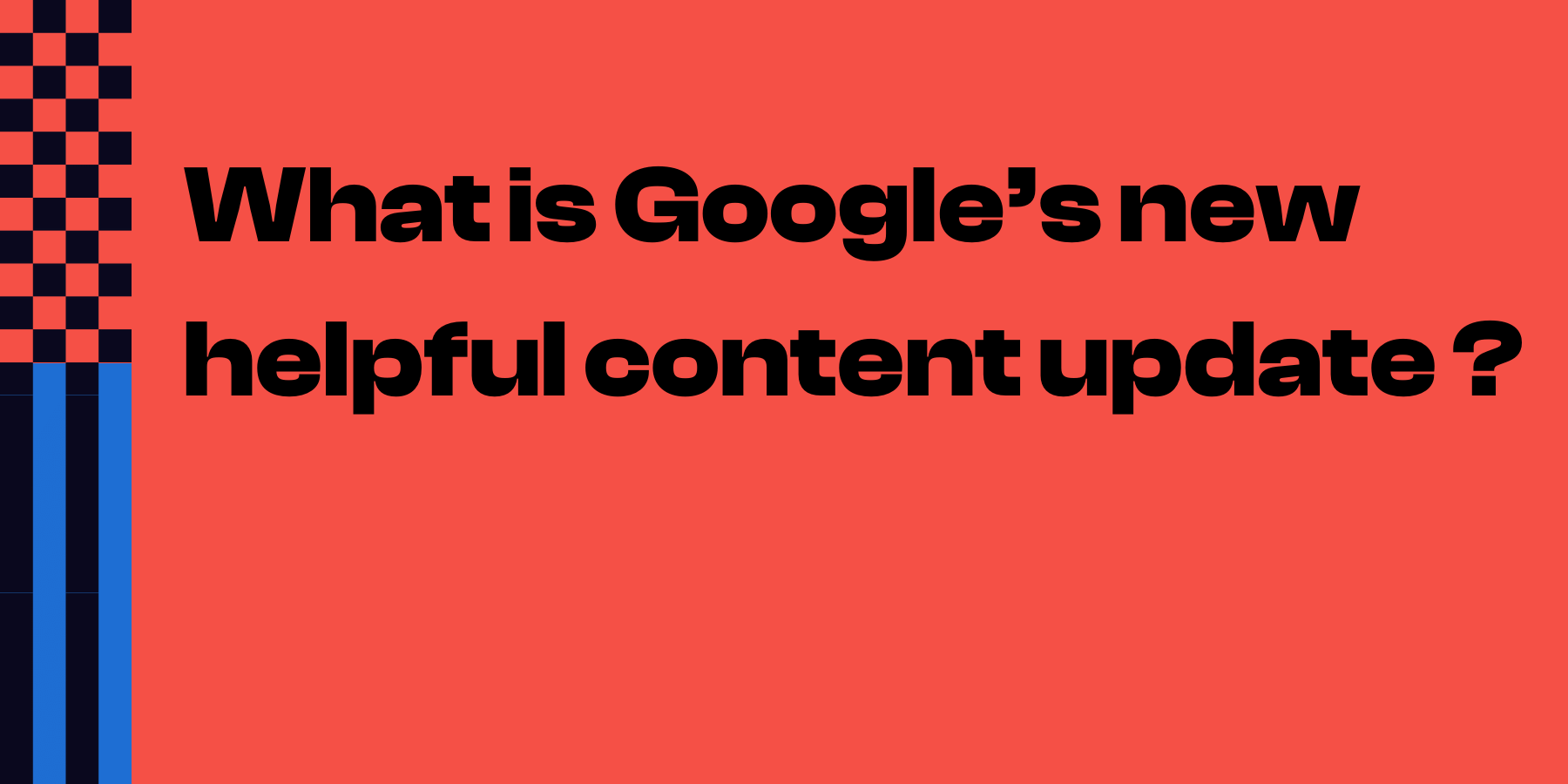Write Blog Titles That Will Lure Your Readers In

Last updated: 14 April 2020
Creating awesome content is typically what us content writers and journalists do. We know our way around grammar, punctuation and a good structure. We also have these weird creative brains that combine a bunch of words into something that people actually care about.
And, yet we all still question whether our titles are worthy of our readership. Will they rank? Will people want to click on them? Is this just going to look like all the other articles?
Titles kind of act like labels. If you invent a revolutionary ‘soup in a can’ and then bring it to market with a Dymo label on it that says “good soup,” how can you expect someone to buy it?
There a few key things to remember when writing a good title;
- Most search engines require a title of 50 to 60 characters in order to rank well.
- If I called this blog, ‘How To Write Titles,’ that could allude to a plethora of different things. Being too vague can also affect your SEO and just generally be a turn off for readers looking for something specific.
- Even if your content is fantastic, readers will associate a bleak title with bleak content, meaning all your hard work will go down the drain. Speaking of going down things, you’ll probably also “go down” to the bottom of the search engine. Sorry.
- Perhaps the biggest advantage to having a good title is its “clickability.” A grabby title stands out on an oversaturated Facebook or Twitter Newsfeed, making it more likely that you’ll get readers from social.
Put Some Flare In There
Pizzazz! Dazzle! Moxie! The perfect recipe for a title that sparks curiosity and makes readers need to know more! There are a few key things that you can do to make your titles more appealing and give them a personal touch.
Everyone loves a good verb
If you want to create a spectacularly brilliant title, be descriptive and bold with your language choices. Phrases that evoke an emotive reaction are a sure-fire way to get people interested. If your article addresses a negative subject, you can still use this method because let's face it, we’re all a little bit attracted to pessimism. Just make sure to use all your verbs in moderation.
Be cheeky in the appropriate context
If you’re a gossip writer or personal blogger, you’ll have no problem working some controversial words this into your titles. But for us informational/business folks, it’s a little bit harder to justify throwing spicy words into our titles. Digital Marketing blog posts aren’t exactly sexy but sometimes it’s okay to get a little sassy if it doesn’t negatively impact on your image.
Sometimes, when the passion is flowing and you really need people to pay attention to your message, it's okay to add some unsavoury words into your title. If you want to use a swear word, we suggest using the ‘*’ icon to replace some of the letters so as to not rub anyone up the wrong way.
If you’re talking about any closed-door discussion topics, for example, sex, make sure to keep any distinct terms or visual descriptions for the body text. You can allude to the point without embarrassing anyone.
Like anything, there are always boundaries on what is just too far. Using any offensive terms, name-calling or extremely graphic language in a title will likely have the opposite effect on your desired outcome.
Alliteration, alliteration, alliteration!
To create truly tantalising titles, playing the role of everyone's beloved Dr Suess never goes astray. It is ingrained in our very being to really rate rhymes. It’s a fun way to engage your audience and express your personality through your title.
Paint a picture
If you have visual aids that accompany your article or are a core component of your piece, mention them in the title. “A Video Of The World’s First Alien Contact Has Emerged,” is sure as heck going to make people pay attention to your article.
In general, providing visual aids are a great SEO bonus, especially in video form. So if its something important that grounds the whole context of the article, make sure to mention it!
Put That Title Topic To Work!
A lazy writer might take the overall premise of their blog and chuck that up as the title. Oh look you’ve written a blog about the benefits of healthy eating and called it, “How To Eat Healthy,” how groundbreaking.
Yeah, because we really need another person telling us how to follow a gluten-sugar-free, vegan, cabbage only diet. No thanks.
What readers won’t know is that the blog is actually really helpful and unlike any of the other health trash that is circulating the internet. And ALL because of a title!
Every good writer knows how powerful words are and the more of a statement you can make in your title, the better!
Titles need to be specific, get your point across and make you stand out from other writers who have written about the same or similar topics. For example, instead of “How To Eat Healthy,” an alternative could be “Cutting The Crap! Healthy Eating Made Simple.” If you want to go a little less sassy with it, an easy “How To Start Living A Healthy Eating Lifestyle,” still gives a good indication of what the article is about.
Accuracy Is The Key To Staying On Target
When you pick your topic, you generally have a pretty good idea of who’s going to read your article. Your target market usually knows if a piece is going to interest them just by reading the title.
This is why accuracy is everything. Being straightforward about what the article is about in the title avoids any confusion about the stance or message that the article is portraying.
We in the social media world call this, Fake News, a term developed by everyone's least favourite orange-faced president. As the only thing to come out of the USA presidency to actually make sense, Fake News is where people use misleading headlines to entice readers.
When the content contradicts the headline, readers lose interest will not only stop reading the article, they won’t further engage with your blog or website.
So don’t write an article about a “Miracle Shampoo That Cures Baldness” when it really just dyes your head brown. Not cool dude.
You can also clarify the context of an article by adding a bracketed clarifier at the end of your title. For example, [News Article], [Video] or [Podcast] can help readers decide whether they want to engage with that piece of content. In the context of this article, I could write [Blog] for example.
A HubSpot study of over 3.3 million paid link headlines, found that headlines with bracketed clarification performed 38% better than headlines without clarification.
The moral of the story is, no one likes clickbait titles. It’s disappointing and quite frankly a poor reflection on your ability to write engaging content.
Search Engine Optimisation
If you’ve never heard of Search Engine Optimisation, first of all, WHAT!? You’re reading a blog post to help you write good blog posts and you don’t know what SEO is? I’m not angry I’m just disappointed.
Luckily, I’m a forgiving person and I’m going to help you use SEO in your titles. Optimising your writing so that it ranks at the top of a search engine like Google or Yahoo is a form of inbound marketing and can be tricky. Thankfully, we have tools like SEMRush that help make the process a bit easier.
SEMRush helps us find keywords that are commonly searched for in association with the topic of your article. Chances are writers who have come before you have shared their opinions on similar subjects. This will have set the tone for what a search engine deems valuable to your audience.
Once you’ve established your keywords, try to work them into the front of the title so that they are easily recognised by the search engine. The search engine will recognise them as being the theme of your writing and deliver it to the right people.
If your title is missing valuable keywords, then your content might flop. It is important to incorporate keywords in a way that doesn’t detract from the personability of the title. Don’t just cram 60 characters worth of keywords into a title like they do on eBay; it won’t work in this context.
Keeping the title between 50-60 characters is also an important SEO criteria as longer titles will be shortened. Shorter titles also translate well onto other platforms as another part of SEO is promotion through outbound marketing on social media.
You’ve Got This
Our quick tips should help you make some attention-grabbing titles that search engines and readers alike will love. If you’re looking for professional help with your blog posts or web pages, have your free exploratory call with us!
Just getting into this whole writing thing? Find out how to write a blog post, get blog post ideas and blog post examples and more from the Refuel Team.






